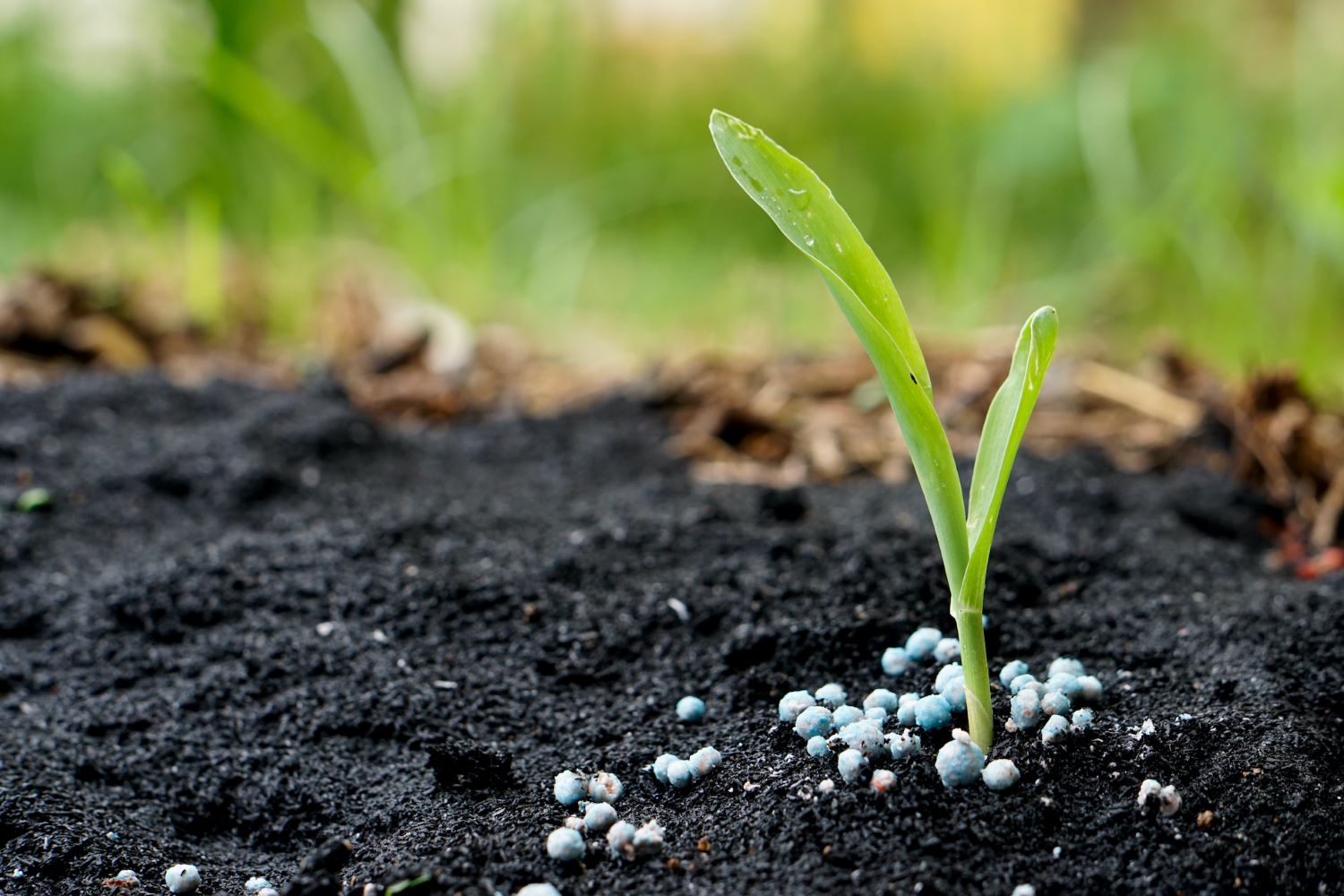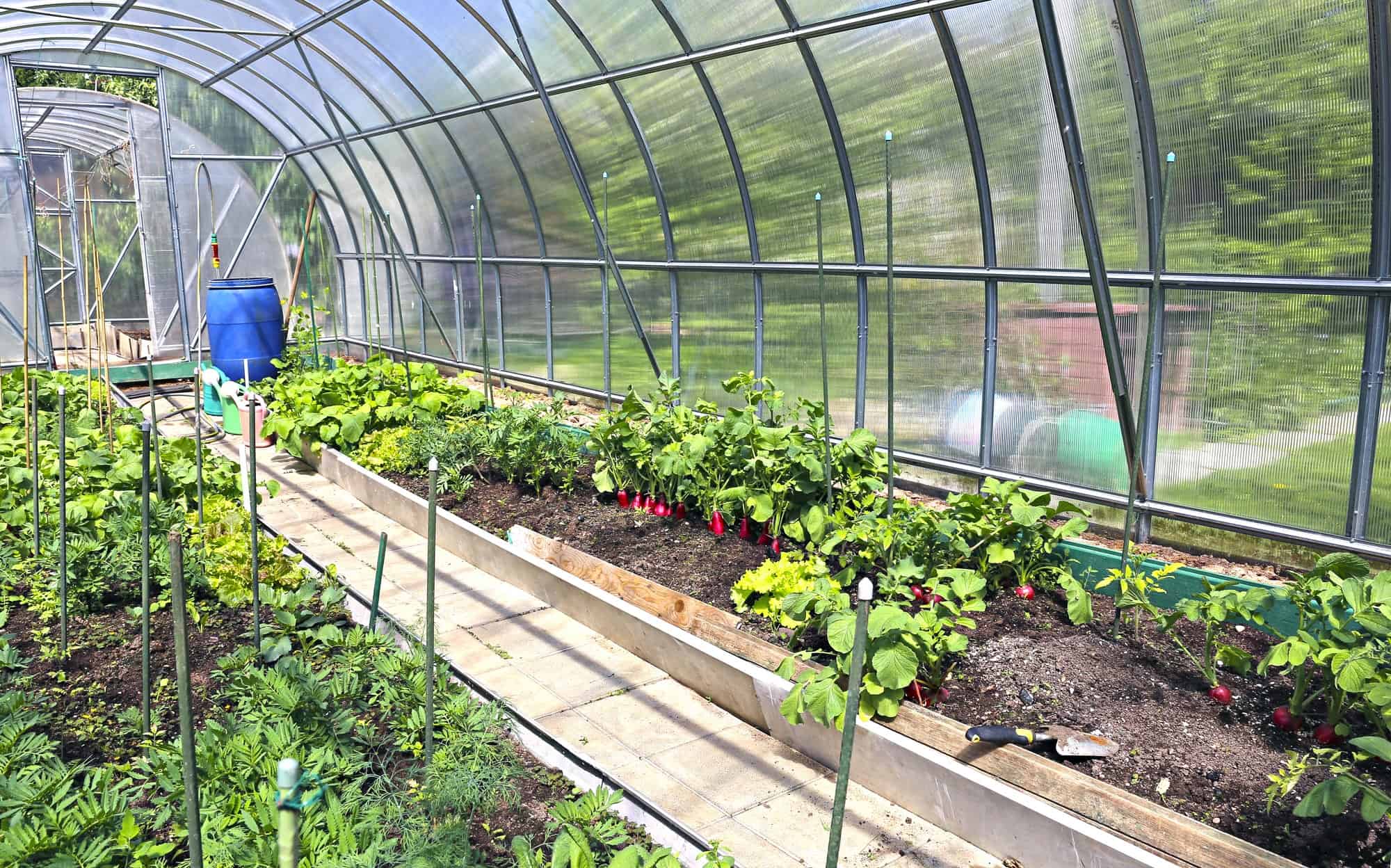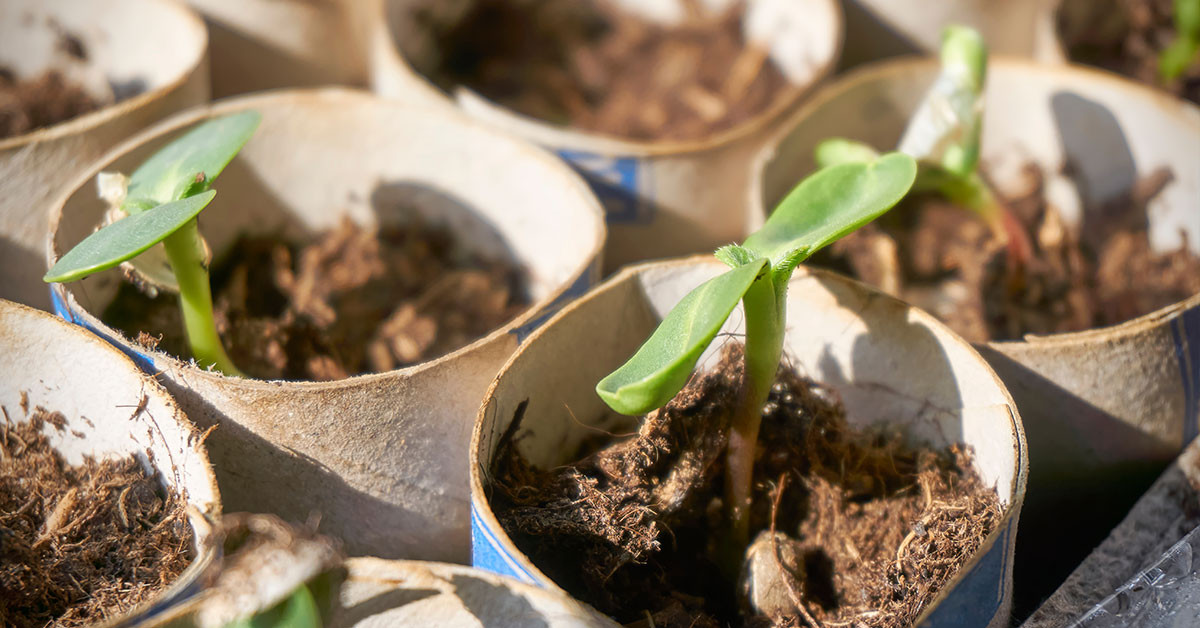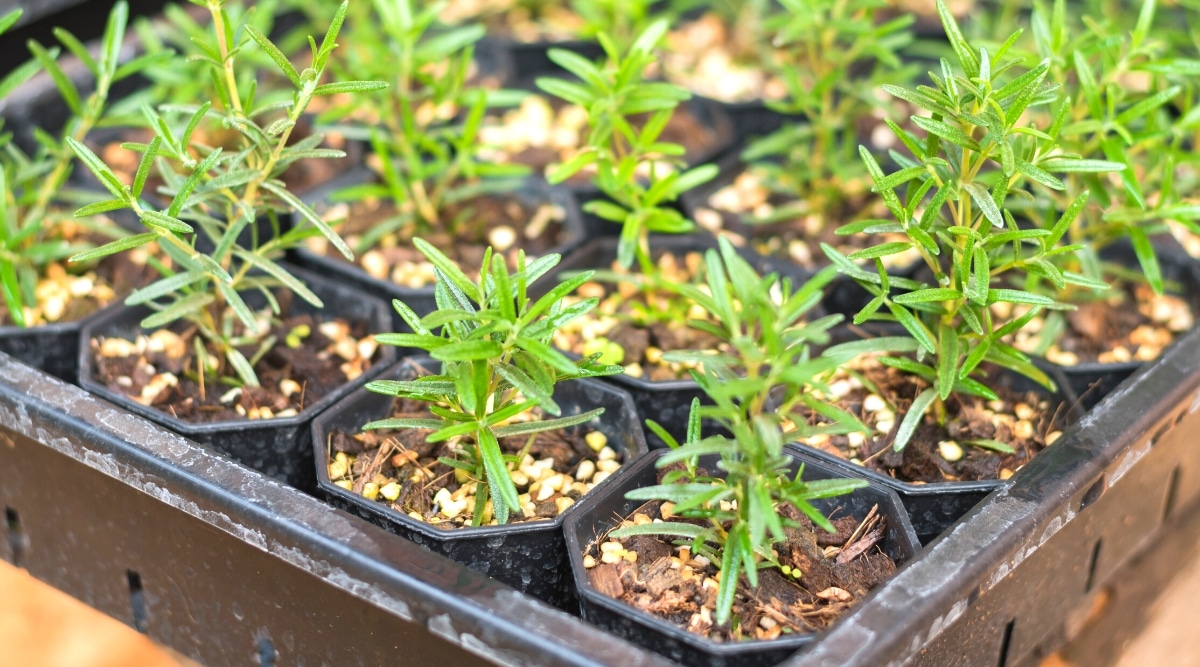Home>Gardening News and Trends>Gardening Trends>How Long Does ZZ Plant Leaf Propagation Take?


Gardening Trends
How Long Does ZZ Plant Leaf Propagation Take?
Published: February 3, 2024
Learn all about ZZ plant leaf propagation and find out how long it takes to grow new plants. Stay updated with the latest gardening trends.
(Many of the links in this article redirect to a specific reviewed product. Your purchase of these products through affiliate links helps to generate commission for Chicagolandgardening.com, at no extra cost. Learn more)
Table of Contents
Introduction
Welcome to the world of gardening trends! In recent years, gardening has experienced a resurgence in popularity, with more and more people embracing the joy of growing their own plants. Whether you have a sprawling backyard or a compact balcony, the ability to nurture and watch your plants thrive is truly rewarding.
One gardening trend that has captured the attention of plant enthusiasts is ZZ plant leaf propagation. If you’re new to the world of indoor plants, you may be wondering what exactly this entails and how long it takes for success. In this article, we will delve into the fascinating process of ZZ plant leaf propagation and explore the factors that can influence its timeline.
Before we dive in, let’s take a moment to understand what ZZ plant leaf propagation actually means. ZZ plants, scientifically known as Zamioculcas zamiifolia, are beloved for their attractive glossy leaves and low-maintenance nature. Leaf propagation involves taking a leaf cutting from an existing ZZ plant and encouraging it to develop roots, eventually growing into a new plant. This method allows you to expand your collection of ZZ plants without having to purchase new ones.
Now that we have a basic understanding of ZZ plant leaf propagation, let’s explore the factors that can affect the timeline of this process. It’s important to remember that the time it takes for a ZZ plant leaf to propagate and grow into a new plant can vary depending on several key elements. These factors include the method you choose, environmental conditions, and the overall health of the parent plant.
Next, we will discuss the different methods you can employ for ZZ plant leaf propagation and how they can impact the timeframe. From water propagation to soil propagation, each technique has its own set of benefits and considerations. By understanding the various methods, you can choose the one that suits your gardening style and preferences.
Stay tuned as we delve into the expected timeframe for ZZ plant leaf propagation. While it’s difficult to determine an exact timeline, we will provide you with a general idea of how long you can expect to wait before your propagated ZZ plant takes root and starts to flourish.
Finally, we will share some valuable tips for successful ZZ plant leaf propagation. These insights will help you navigate the process with confidence, ensuring that your cuttings have the best chance of success. From proper care and maintenance to creating an optimal environment, these suggestions will set you on the path to propagating healthy and thriving ZZ plants.
So, whether you’re a seasoned gardening enthusiast or a beginner looking to try your hand at plant propagation, this article will equip you with the knowledge and guidance you need to embark on your ZZ plant leaf propagation journey. Let’s get started!
What is ZZ Plant Leaf Propagation?
ZZ plant leaf propagation is a method of reproducing ZZ plants by taking leaf cuttings and encouraging them to develop roots, ultimately growing into new plants. ZZ plants, scientifically known as Zamioculcas zamiifolia, have become increasingly popular among plant enthusiasts due to their attractive glossy leaves and low-maintenance nature. Propagation allows you to expand your collection of these stunning plants without having to purchase new ones.
The process of ZZ plant leaf propagation involves carefully selecting a healthy leaf from an existing ZZ plant and preparing it for rooting. The leaf is typically cut at the base of the stem, ensuring a clean cut and leaving a small portion of the stem intact. This stem portion, also known as the petiole, plays a crucial role in the propagation process as it contains the nodes from which roots will develop.
Once the leaf cutting is prepared, it is placed in an appropriate growing medium, such as water or moist soil, to encourage root development. Water propagation involves placing the leaf cutting in a container filled with water, ensuring that the stem portion is submerged while the leaf remains above the water line. Soil propagation, on the other hand, requires planting the leaf cutting directly into a well-draining potting mix.
Root development is the key objective of ZZ plant leaf propagation. Over time, tiny roots will emerge from the nodes on the stem portion, anchoring the leaf cutting in its growing medium. As the roots become established, new growth will emerge, eventually resulting in a fully developed ZZ plant that can be potted or planted in your desired location.
One of the advantages of ZZ plant leaf propagation is that it allows you to create multiple plants from a single parent plant. This method also gives you the opportunity to experiment with different growing conditions or aesthetics, as propagated plants may exhibit slight variations in leaf size, shape, or color. It’s an exciting way to explore the diversity within the ZZ plant species.
Now that we have a better understanding of what ZZ plant leaf propagation is, let’s explore the various factors that can influence the timeframe for successful propagation. From environmental conditions to the chosen propagation method, these factors play a crucial role in the success and speed of the process. So, let’s dive in and discover what affects the timeline of ZZ plant leaf propagation.
Factors Affecting ZZ Plant Leaf Propagation Time
When it comes to ZZ plant leaf propagation, several factors can influence the timeline and success of the process. Understanding these factors is crucial for maximizing your chances of a successful propagation. Here are some key elements that can impact the time it takes for a ZZ plant leaf to grow roots and develop into a new plant:
1. Method of propagation: The method you choose for propagating your ZZ plant leaf can affect the overall propagation time. Water propagation tends to be a slower process, as the leaf cutting needs to develop roots before it can be transferred to soil. On the other hand, soil propagation allows for immediate root development and may result in a faster overall timeline.
2. Environmental conditions: The environment in which you propagate your ZZ plant leaf plays a significant role in the success and speed of root development. Providing optimal conditions such as warmth, indirect sunlight, and consistent moisture can help expedite the rooting process. Keep in mind that too much moisture can lead to rot, so it’s essential to strike a balance.
3. Health of the parent plant: The health of the parent ZZ plant from which you take the leaf cutting can influence how long it takes for the cutting to develop roots and grow into a new plant. A healthy parent plant provides a strong foundation for successful propagation, as it has the necessary nutrients and energy to support the growth of its offspring.
4. Season and temperature: The time of year and temperature can also impact the propagation timeline. Generally, ZZ plant leaf propagation is more successful during the warmer months when plants are actively growing. Warmer temperatures stimulate root growth and facilitate overall plant development.
5. Care and maintenance: Proper care and maintenance of the propagated leaf cutting can significantly affect propagation time. Regular monitoring, providing sufficient water and nutrients, and ensuring appropriate lighting conditions are essential for the healthy growth and development of the cutting.
6. Type of leaf cutting: The specific type of ZZ plant leaf cutting you choose can also contribute to the propagation timeline. Ideally, select a healthy leaf with a visible petiole (stem portion) that shows signs of potential root development. Choosing a leaf with an intact stem allows for a higher chance of successful propagation.
Keep in mind that while these factors can influence the timeline of ZZ plant leaf propagation, every plant is unique, and the exact time it takes for roots to develop can vary. It’s important to be patient and monitor the progress of your propagated leaf cutting regularly.
Now that we have explored the various factors that can affect the propagation time of ZZ plant leaves, let’s move on to the methods you can employ for successful propagation.
Method of ZZ Plant Leaf Propagation
There are several methods you can use for ZZ plant leaf propagation, each with its own advantages and considerations. Let’s explore two popular methods that can help you successfully propagate your ZZ plant leaves:
1. Water Propagation: Water propagation is a commonly used method for propagating ZZ plant leaves. To begin, select a healthy leaf from the parent plant and make a clean cut at the base of the leaf, leaving a small portion of the stem (petiole) attached. Place the cutting in a container filled with water, ensuring that the stem portion is submerged while the leaf remains above the water line. It’s important to change the water regularly to prevent the growth of bacteria and maintain optimal conditions for root development.
Over time, you can expect to see small roots emerging from the nodes on the stem portion of the leaf cutting. Once the roots have developed, you can transfer the cutting to a well-draining potting mix and continue to care for it as you would a mature ZZ plant. Keep in mind that water propagation may take longer compared to other methods, as the cutting needs to establish roots before being transferred to soil.
2. Soil Propagation: Soil propagation is another effective method for propagating ZZ plant leaves. Start by preparing a well-draining potting mix. Select a healthy ZZ plant leaf and make a clean cut at the base of the leaf, leaving a small portion of the stem intact. Plant the leaf cutting directly into the potting mix, ensuring that the stem portion is inserted into the soil and the leaf remains above the surface.
Place the pot in a suitable location with indirect sunlight and maintain consistent moisture in the soil. With proper care, the leaf cutting will develop roots, and new growth will emerge. Once the cutting has established a strong root system, you can transfer it to a larger pot or your desired planting location.
Both water propagation and soil propagation methods have their advantages. Water propagation allows you to closely monitor root development and is ideal for beginners or those who enjoy observing the process. On the other hand, soil propagation provides immediate access to nutrients and may result in faster overall growth.
Regardless of the method you choose, it’s important to provide a warm, humid environment and maintain the appropriate level of moisture to optimize root development. Regularly checking the progress of your propagated ZZ plant leaves and providing them with the care they need will increase the chances of successful propagation.
Now that we’ve covered the methods of ZZ plant leaf propagation, let’s move on to discussing the expected timeframe for successful propagation.
Expected Timeframe for ZZ Plant Leaf Propagation
When it comes to ZZ plant leaf propagation, it’s important to remember that the timeline can vary depending on several factors. While it’s challenging to provide an exact timeframe, we can give you a general idea of what to expect during the propagation process.
In water propagation, it usually takes about 4 to 6 weeks for the ZZ plant leaf cutting to develop roots. During this time, you will start to see tiny roots emerging from the nodes on the stem portion of the leaf. Once the roots have developed, you can transfer the cutting to soil, and you can expect to see new growth emerging within a few weeks. It’s important to be patient and give the cutting time to establish a strong root system before expecting significant growth.
In soil propagation, the process may be slightly faster compared to water propagation. Within 2 to 4 weeks, you should begin to see root development and new growth emerging from the leaf cutting. The exact timeline can vary depending on environmental conditions, care, and the overall health of the cutting. Regularly monitor the progress of the cutting and make any necessary adjustments to ensure optimal growth.
It’s important to note that these timeframes are approximate and can vary from plant to plant. Each ZZ plant is unique, and factors such as temperature, lighting, and overall health can impact how quickly the leaf cutting establishes roots and starts to grow. Patience and careful observation are key during the propagation process.
During the initial stages of propagation, it’s crucial to provide the propagated ZZ plant with the right conditions for root development, such as adequate warmth, indirect sunlight, and consistent moisture. Creating a humidity-rich environment can also expedite the propagation process. Remember to avoid overwatering, as this can lead to root rot and hinder the overall growth of the cutting.
As the roots become established and new growth emerges, continue to provide proper care and maintenance to ensure the propagated ZZ plant thrives. Regularly check for any signs of stress or nutrient deficiencies and make any necessary adjustments to the plant’s care routine. With proper attention and care, your propagated ZZ plant will grow into a healthy and thriving plant.
Now that we have an idea of the expected timeframe for ZZ plant leaf propagation, let’s explore some tips to increase your chances of success.
Tips for Successful ZZ Plant Leaf Propagation
Propagating ZZ plant leaves can be an exciting and rewarding process. To increase your chances of success, here are some valuable tips to keep in mind:
1. Choose healthy leaves: Select leaves from a healthy parent plant that show no signs of disease, pests, or stress. Healthy leaves have a higher chance of successful propagation.
2. Use proper tools: Ensure that your cutting tools are clean and sharp to make clean cuts, promoting better healing and root development in the leaf cuttings.
3. Identify the right portion: When making the leaf cutting, make sure to include a small portion of the stem (petiole) connected to the leaf. This stem portion contains nodes from which roots will develop.
4. Provide optimal environmental conditions: ZZ plants prefer warm, indirect sunlight. Place the propagated leaf cutting in a location that receives bright, indirect light and maintains a temperature between 65-85°F (18-29°C).
5. Maintain proper moisture levels: Keep the growing medium moist but not excessively wet. Overwatering can lead to root rot, so it’s important to strike a balance. Monitor the moisture regularly and adjust watering accordingly.
6. Create a humid environment: ZZ plant leaf propagation responds well to higher humidity levels. You can place a clear plastic bag or a propagation dome over the cutting to create a mini greenhouse effect and increase humidity.
7. Provide good air circulation: While higher humidity is beneficial, it’s equally important to ensure good air circulation around the cutting to prevent mold or fungal growth. Ensure proper ventilation while maintaining humidity.
8. Be patient: ZZ plant leaf propagation takes time. It can take several weeks for roots to develop and new growth to emerge. Be patient and avoid disturbing the cutting during this critical phase.
9. Avoid direct sunlight: Direct sunlight can scorch the leaves of the propagated ZZ plant. Place the cutting in an area where it receives bright, indirect light to promote healthy growth.
10. Transplant at the right time: Once the propagated ZZ plant has developed a strong root system, transfer it to a new container or planting location. Avoid transplanting too early, as the cutting needs sufficient time to establish roots.
By following these tips, you’ll increase the likelihood of successful ZZ plant leaf propagation. Remember to monitor the progress of your propagated plants, make any necessary adjustments, and enjoy the journey of growing your own ZZ plant collection.
Now that we’ve explored the tips for successful ZZ plant leaf propagation, let’s wrap up this article by summarizing the key points we’ve discussed.
Conclusion
In conclusion, ZZ plant leaf propagation is an exciting and rewarding method of expanding your collection of these popular houseplants. By taking leaf cuttings and encouraging them to develop roots, you can create new ZZ plants without having to purchase additional ones.
Throughout this article, we have discussed the concept of ZZ plant leaf propagation, exploring the factors that can influence the timeline and success of the process. We have also delved into the methods of propagation, including water propagation and soil propagation, highlighting their benefits and considerations.
Furthermore, we have provided an overview of the expected timeframe for ZZ plant leaf propagation, acknowledging that it can vary depending on various factors such as environmental conditions, the health of the parent plant, and the chosen propagation method.
To ensure a successful ZZ plant leaf propagation, we have shared valuable tips, including selecting healthy leaves, using proper tools, providing optimal environmental conditions, maintaining proper moisture levels, and being patient throughout the process.
By following these tips and techniques, you can increase your chances of propagating ZZ plant leaves successfully and enjoy the satisfaction of seeing your cuttings grow into thriving plants.
So, whether you’re a seasoned gardener looking to expand your collection or a beginner seeking to explore the world of plant propagation, ZZ plant leaf propagation is a fascinating and accessible method to try. Remember to be patient, provide the right conditions, and monitor the progress of your propagated plants.
With the knowledge and insights gained from this article, you are now equipped with the information needed to embark on your ZZ plant leaf propagation journey. Enjoy the process and the rewards of watching your propagated ZZ plants flourish and thrive!








